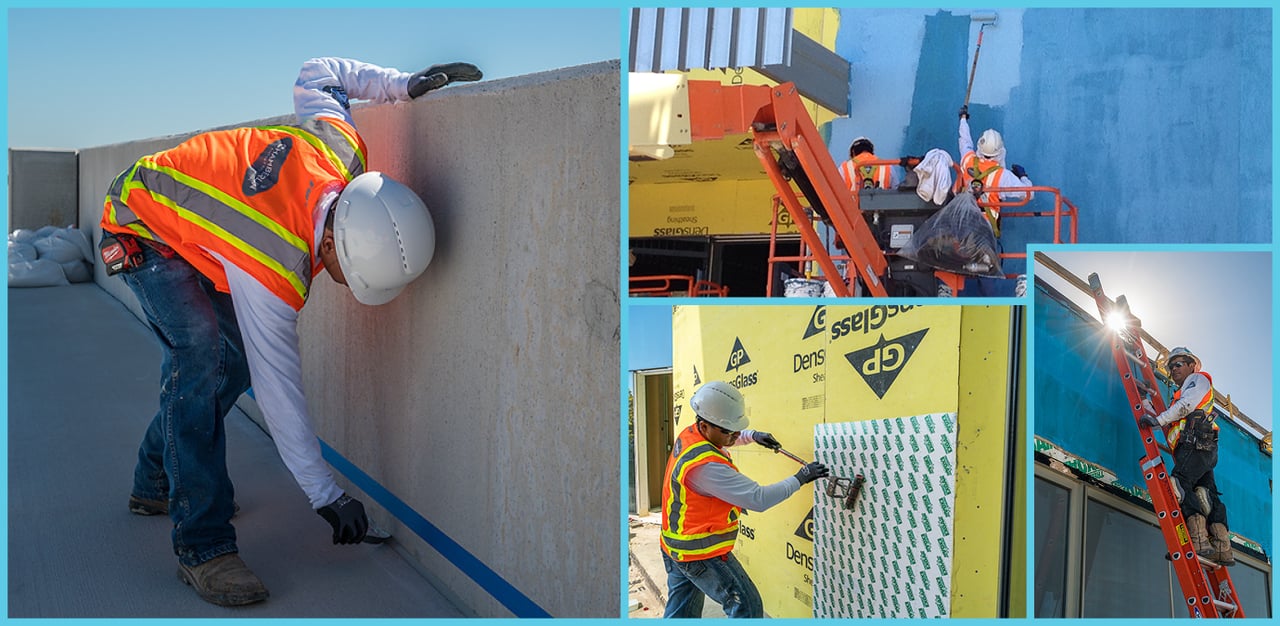Spring is the season when construction efforts begin to become full-time activity sites. While a full workload is good, longer hours coupled with unpredictable conditions can lead to an increased risk of accidents on jobsites.

Spring PPE
Springtime can be wet, muddy and windy, making slips and falls more likely. If pausing the job for bad weather isn't possible, workers should wear waterproof boots with good traction. A hi-vis raincoat is also a good idea, especially in areas with vehicle traffic, as are gloves with a slip-proof grip. When wearing a hood because it's raining, turn your head when needing peripheral vision. Anti-fog spray for safety glasses can help keep a clear field of vision.
Mud Safety
Remember to wipe mud from boots before mounting equipment. If the steps or rungs are muddy, they should be wiped, too. In muddy conditions, slow it down, even if it means getting less work done.
Excavator Safety
Spring is an earth-moving season. Operators should check the ground for stability before moving across it since the soft ground can cause an excavator to tip or even roll over. Remember to wear seat belts. Non-operators should stay visible, alert and out of the way.
Fall Protection Equipment
Spring winds and rains make working at heights more dangerous. Review fall protection policy including fall protection PPE. Demonstrate how to properly fit a body harness and do a partner check. Go over safe anchor points for personal fall arrest systems.
Scaffold Safety
OSHA has scaffold rules in place for a good reason like this one: Anyone working 10 feet or higher above a lower level on a scaffold must generally be protected from falls by either a personal fall arrest system or guard rails and workers using single-point and two-point adjustable suspended scaffolding must use both. Another OSHA rule is employees are not permitted to work on scaffolds in bad weather or high winds unless a competent person has determined that it is safe to do so.
Lightning Safety
Spring and summer bring thunderstorms and lightning. When working outdoors in open spaces on or near tall objects or conductive materials you are more vulnerable to lightning strikes. According to a lightning safety fact sheet from OSHA and the National Oceanic and Atmospheric Administration, workers should immediately move to a safe place if they hear thunder, even if the thunder is distant.
Trench Safety
OSHA requires that trenches be inspected daily and as conditions change by a competent person prior to worker entry. Melting snow, flooding and spring rains could certainly change the conditions. Do not enter a trench until it has been inspected.